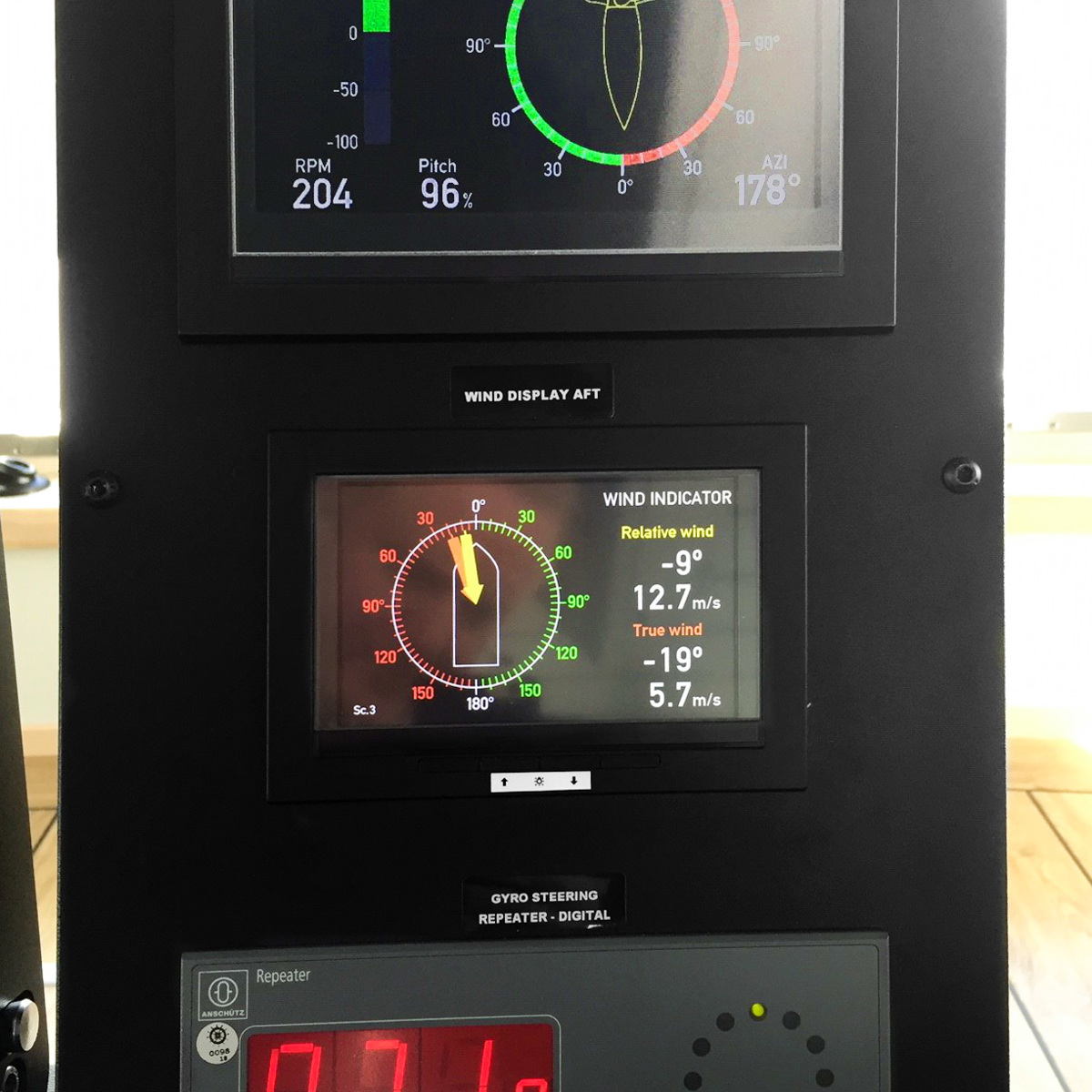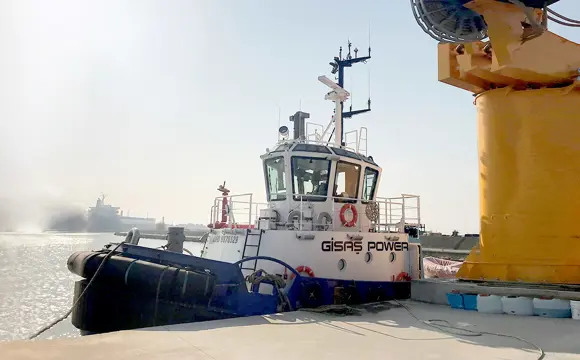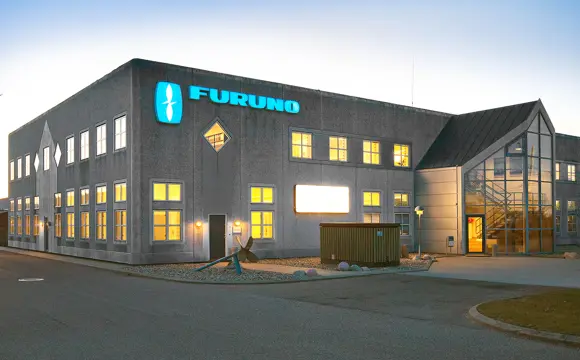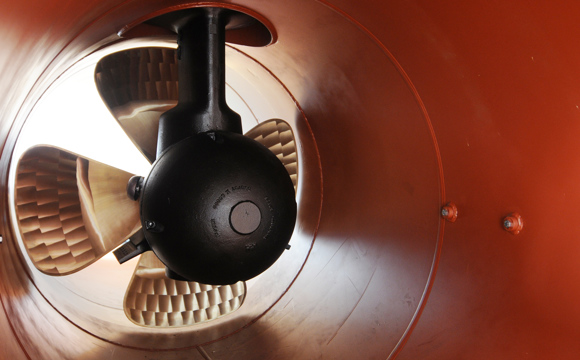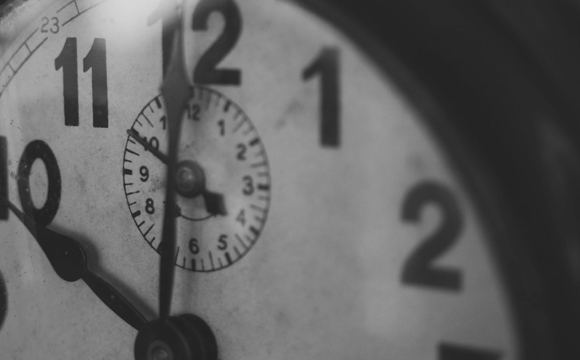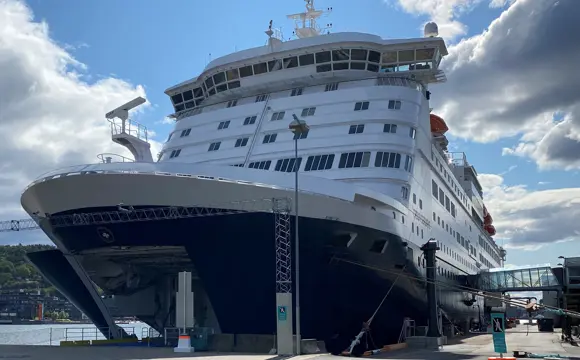Five electric bidirectional ferries with advanced wind measuring solution
The indicator must change from forward to after presentation when the ferry changes sailing direction and to meet this requirement, DEIF designed a customised wind measuring system, featuring both true and relative wind.
Norway’s largest ferry and high-speed passenger boat operator Fjord1 has expanded its highly flexible fleet with five modern electric ro-ro passenger ferries. Aiming to be the safest and most attractive provider of environmental-friendly ferry and passenger boat services, the Norwegian transport conglomerate has invested in the five energy-efficient ferries that besides providing the passengers with more facilities also brings down emissions. With a fleet counting 79 vessels and 19,9 million passengers yearly, electric ferries will have a positive impact on Fjord1’s green accounting.
Environmental criteria have been made more rigorous in recent years, and all new contracts now require zero-emission and low-emission technology, causing Fjord1 to roll out the biggest-ever ferry upgrade programme in 2019. The boat operator took delivery of nine fully-electric vessels – a portfolio that will continue growing during 2020. At the same time, several of the company’s existing ships are being upgraded.
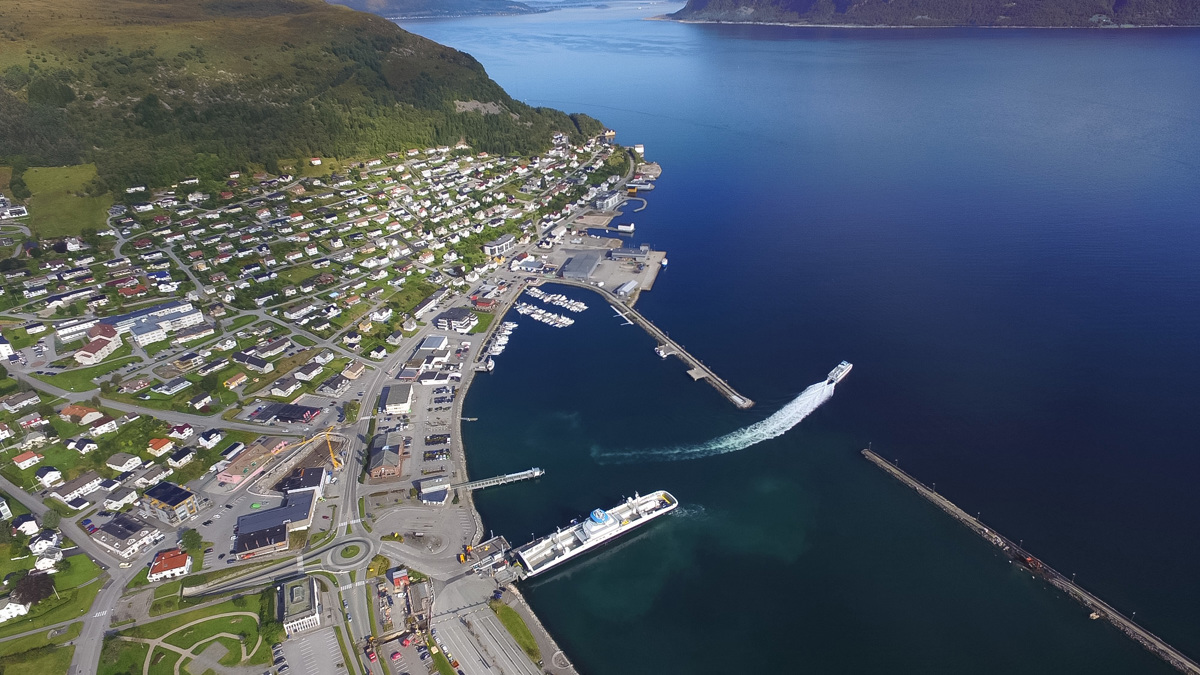
Advanced wind measuring system
The five new electric ferries are bidirectional, meaning that they are designed to sail in both directions. The navigation light and starboard and port side shifts side when the sailing direction changes and as the ferries have two bows, the indicator must change from forward to after presentation when the ferry changes sailing direction.
To meet this requirement, DEIF designed a customised wind measuring system comprising two XDi 144 N displays and a WSS 550 wind sensor. The displays are mounted in the panel on each of the two bridges and show both relative (apparent) wind speed and direction but also true wind. One screen view with a forward-looking presentation of wind data and the other view showing the after-looking wind data. The screens are automatically shifted when the ferry shifts sailing direction. Besides the two indicators, the solution comprises a WSS 550 – a static sensor with built-in heating to stand even very low temperatures.
M/F Suløy is transporting passengers on the crossing between Hareid and Sulesund in Norway and is one of the five ferries that have the solution installed. So far, Captain Mindor Lidvar Myrhol is positive about the system provided
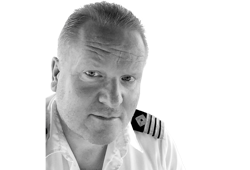
“I have sailed with the solution since December 2018, when we took delivery of the sister ship, and it is the best wind sensor I have ever used for ferry transport. It is very robust, and the illuminated display is a great help when sailing at night”
Mindor Lidvar Myrhol
Captain
Sailing bidirectional can be a bit of a challenge. Before having the new wind indicator system installed, the ferry operator experienced some challenges when operating in slave and master mode with, e.g. the radar. Having a system that features both the true and relative wind indicator makes operation easier.
However, sailing in an area where the weather conditions can be harsh and changeable makes the crew very dependent on having accurate wind data. Especially when calling into port, the crew faces challenges with stream and hard wind from the fells.
“Some days, it looks as if the wind is hitting the wharf, but the wind sensor which is mounted in 20 meters height indicates that the wind actually is coming from the quay. At first, I thought that the sensor was not working correctly, but after some time, we have concluded that these measurements are correct”, Mindor states.
The gusts from the fells have a significant impact on manoeuvring the ferry when calling the port as the wind direction at water level and at the top of the ferry can be very different. Having the measurements from the wind sensor provides Mindor and the crew with more valid wind data on which they can manoeuvre the ferry in the most optimum way.
Integrated bridge system is the future
The total supplier Norwegian Electric Systems delivered the bridge panels and navigation solution to Fjord1’s ferries. Norwegian Electric Systems collaborates with many subsuppliers, but common to all chosen partners is that their products are highly integrable. That was one of the reasons that DEIF’s wind measuring solution was selected for the project as it features NMEA data.
“We see an increasing demand for smart navigation systems that integrate data from all parts of the vessel so that all relevant information can be found in one place. Featuring NMEA data, makes the XDi display highly integrable and the robust design of DEIF’s wind sensor made it perfect for Fjord1’s ferries”, explains Svein Ove Farstad, General Manager Sales and Marketing, Norwegian Electric Systems.
-
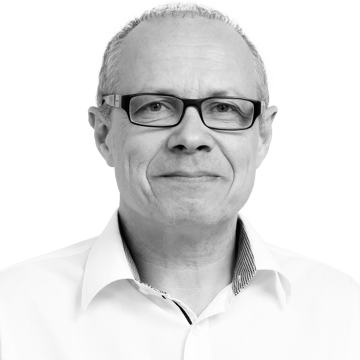
Contact us to discuss your options
- 90 years of energy pioneering
- Manufactured at the highest standards
- Superior quality
- Unmatched service and support
- Made in Denmark

